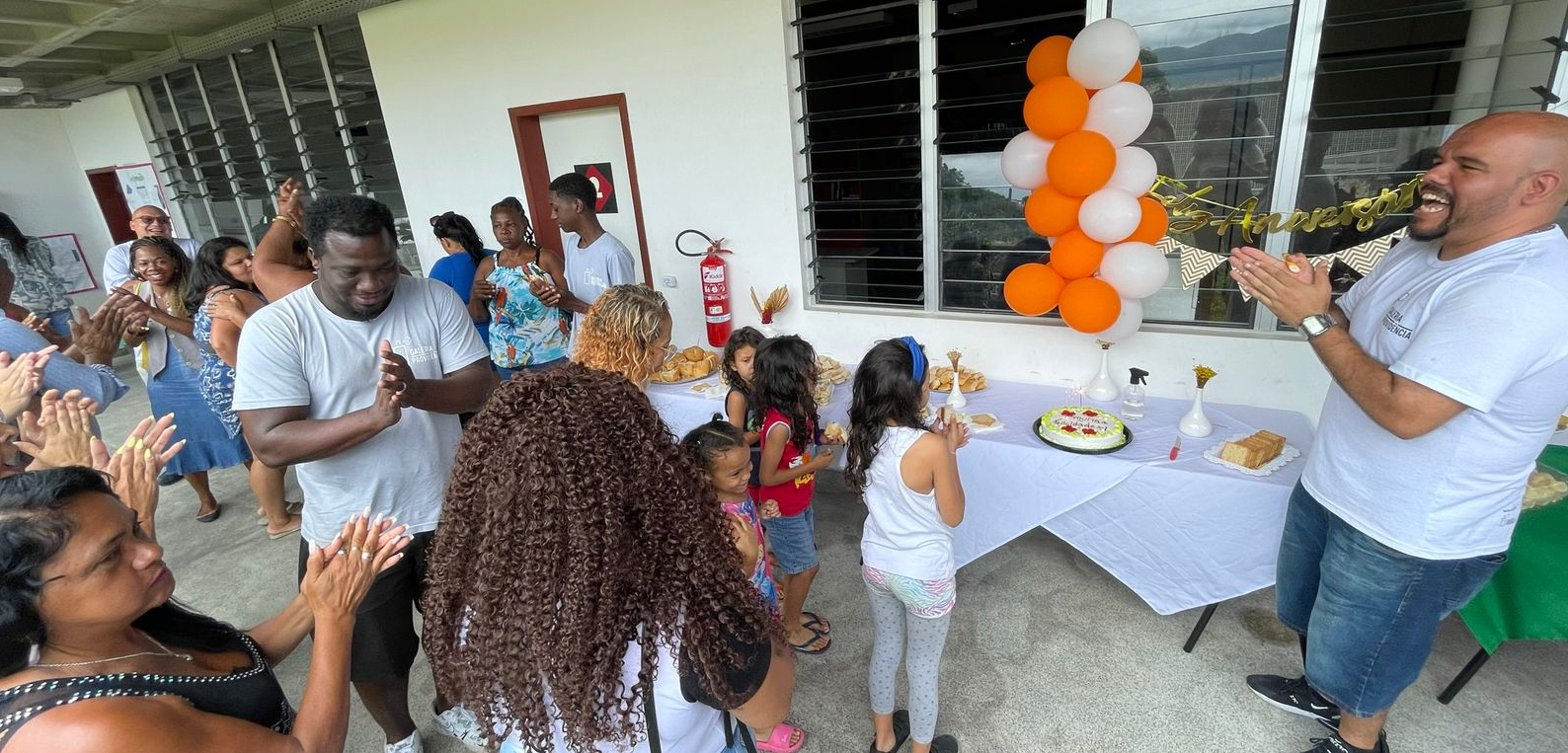Clique aqui para Portug uês
uês
On Saturday November 16, the Providência Gallery Project—founded in 2017 and located in the Leonel de Moura Brizola Popular Market—organized a breakfast to celebrate the 125th anniversary of Brazil’s first favela, originally called Morro da Favela and now known as Morro da Providência. The project carries out art interventions in the community, promoting cultural activity in the area through urban mural paintings and impactful local activities.
In 2022, Providência celebrates 125 years and continues to be an important symbol of the history of favelas. The first Brazilian favela is located near the Central do Brasil train station, behind the Eastern Military Command building. It is in the heart of Rio de Janeiro’s port region, in the Gamboa neighborhood.
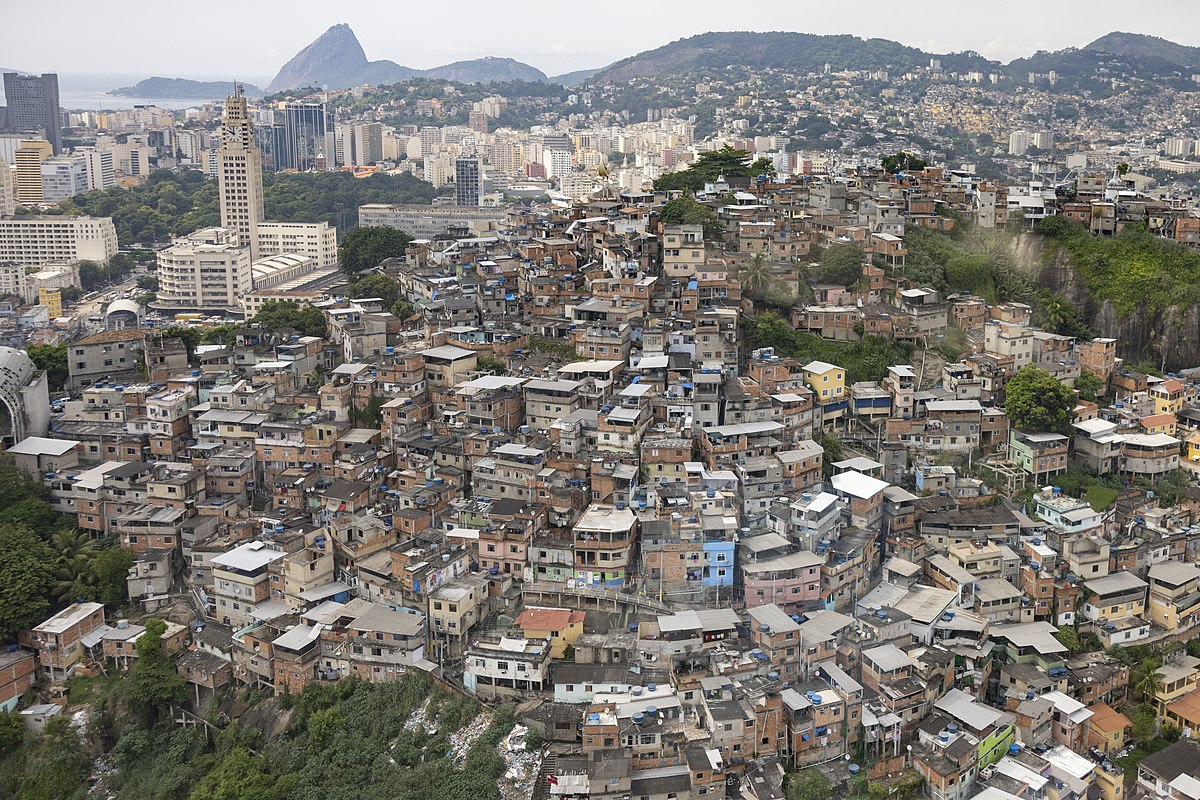
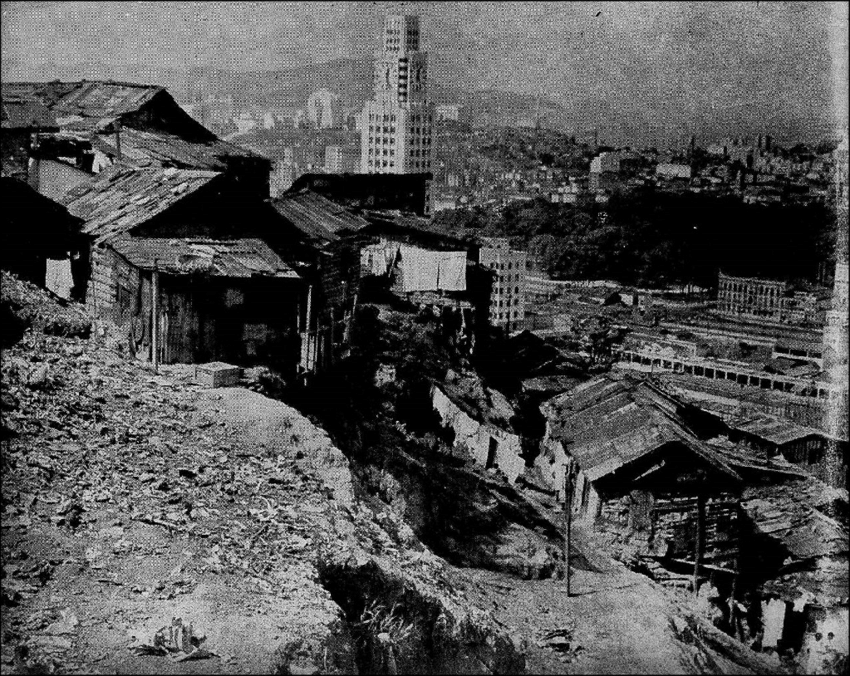
Founded after the War of Canudos (1896-1897) by soldiers returning from the battlefields, Providência was initially called Morro da Favela, named after a spiny, resilient shrub native to Bahia’s hinterland where the war took place. After Antônio Conselheiro‘s defeat at the Canudos camp, the soldiers, primarily formerly enslaved Afro-Brazilians who survived the war, were promised land in Rio—the capital of Brazil at the time—as payment for their services. When they arrived in Rio de Janeiro, they occupied the area surrounding the Ministry of War in the federal capital’s center while waiting for the land they never received. With this, they occupied the hill behind the ministry and called it Morro da Favela in honor of the land where they had served battle.
Shortly after, all spontaneous occupations of this kind—which seek to guarantee the right to housing, reflect territories of resistance, and historically suffer neglect from the Brazilian State—became known as favelas. Today, favelas are found in all areas of Rio de Janeiro and in every Brazilian city.
To reinforce the historic importance of their favela and the central role of residents in these 125 years of struggle for the right housing, the Providência Gallery project organized a breakfast to celebrate the community’s 125th anniversary. The event involved residents, local leaders and partners engaging actively in a discussion circle, with the stories of residents highlighting feelings and experiences of living in the favela.
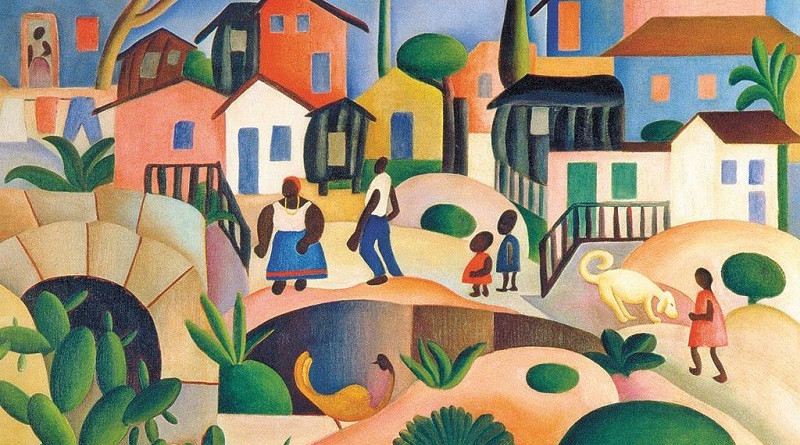
Luzia dos Santos Pinto Viana Martins, better known as Dona Luzia, has been a Providência resident for over 60 years and was one of the first to talk and share her story. She started by sharing her childhood and recalled that residents had to travel with cans and buckets all the way to where the Sambadrome is located today to get water and take it back to their homes.
Providência did not have piped water and, because of this, Dona Luzia said that as a child she learned to balance a bucket of water on her head hands free so she could dance on the journey back. During her emotional speech, Dona Luzia said she was proud to live in Providência and that it’s rewarding to see the favela’s growth over time.
“We were happy kids in Providência. We had our struggles, but we were happy… We saw Providência transform. The shacks were replaced by other types of homes that started being built. And we saw Providência grow and turn into the giant favela it is today. I am proud to live here. We survived all the difficult times.” — Dona Luzia

Following this, she reflected on the pride of living in Providência, a pride which has been growing among residents as stigmatization lessens due to favela movements and, to a certain degree, the consequent shift of media narratives on favelas.
“We will go forward knowing we have a hand to hold. In the past, we did not have this. No one wanted to come up to Providência. In the past, when you mentioned Providência, no one wanted to come visit. When we went to certain places, our parents would nudge us because we couldn’t say we lived in the favela. We did not have this pride of saying ‘I live in Providência,’ ‘I’m from Providência.’ And now I see children, [like] my four-year-old granddaughter, when asked where they live they always reply ‘Oh, I live in Providência.’ We did not have this before.” — Dona Luzia
She reflected, however, that the only reason this pride isn’t stronger is because of the immense pain they are forced to go through. As a Providência resident for so many years, she has experienced many difficult moments and remembers each and every one. She said, “The years went by, but those times remain marked as a scar for those of us that lived through it… To be able to tell the story of how Providência was in the past is rewarding because the children look and can’t even imagine it.”
The desire for a Providência that is increasingly strong and visible in the eyes of the rest of the city is what drove Hugo Oliveira to create the Providência Gallery. At that time, in 2017, the community experienced problems resulting from the public works that had taken place as part of the Porto Maravilha public infrastructure project in the surrounding Port Region. The revitalization of the area had established museums, murals, and paintings in the formal parts of the region while, as Hugo describes: “the only thing that came here was a cable car that we didn’t ask for.”
“Then I started trying to draw attention to the area as part of Little Africa and as a local tourism destination since so much stuff was happening around here. We have so much heritage in Providência, like Machado de Assis’ home, the Rego Barros staircase, areas officially declared as historical patrimony… So, when we started to host these events inside the community, the idea was to try and bring residents closer to the city and have this discussion about what the city is, the rights that we also have. To frame Providência as part of this city. Six years passed and this year we thought specifically about holding a breakfast to bring local leaders together and be able to talk with one another to re-energize and see how to continue the work that’s been done previously.” — Hugo Oliveira
During the breakfast, those present sang happy birthday and cut the birthday cake dedicated to Providência. It was a special moment, with a lot of celebration and happiness for those born and raised in the community, holding the memories and history of the territory with so much pride.
After the activity, Fernando Zullu—social leader and local coordinator with the Providência Gallery—spoke a bit more about the objective of the space. “The Gallery has been growing and the idea is to create a museum of the territory. So, the Gallery has been transcending within this idea of creating interventions. We bring tactical urbanism as one of the great solutions for favelas.”

Zullu explained that the concept of tactical urbanism comes from the idea of creating an urban intervention without reliance on the State, which is what the favela is by nature. The group seeks to do this by occupying, for example, a once rundown space and transforming it into a fully ornamented park that has a strong presence of visual art. “From that point on, children have a place where they can play,” added Zullu.
“These 125 years have been built by generations of residents, our ancestors, our grandparents, our parents, our older neighbors. And we decided to have a celebratory breakfast where we could have this exchange, the energy of reviving this sense of belonging, of being a resident and part of the history, hearing the stories of residents that make history, and are protagonists not only of their own histories, but also of a collective one. The residents who are not used to public speaking, we’ve brought them to this place and for it to be a day of celebration. So being able to hear conversations among residents, speaking and positioning themselves, has been great. We notice that Morro da Providência is a feminine favela, right? The women are the leaders. It is a favela of the matriarchy, ever since the time of Little Africa [as the region has been known] with Tia Ciata [considered the matriarch of samba and a reference for Afro-Brazilian religion Candomblé]” — Fernando Zullu
Zullu also shared his vision on the current situation in Providência and how the reality can be changed by residents and local movements themselves.
“When I was a kid, I hoped that a grown-up would show up to solve all the problems, they would come and fix everything, right? Then I started growing up and noticed that this person never showed up. And then I realized there would never be that person. One person has to join up with another, and then another, and then everyone gets together for something to happen. Because if our own favela residents don’t get their hands dirty and do it themselves, it won’t happen.” — Fernando Zullu
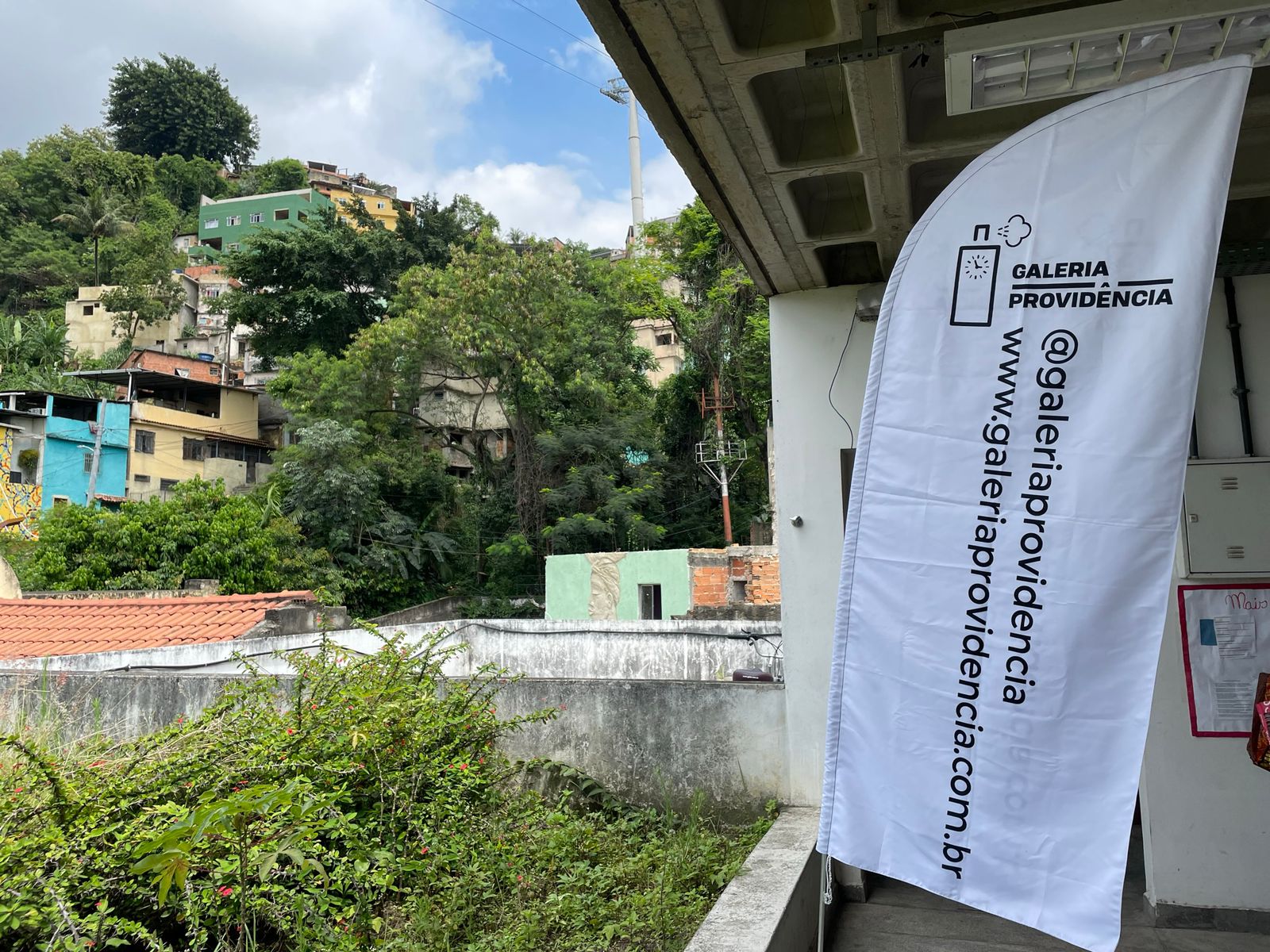
About the author: Juliana Pinho is a resident of Nova Holanda, one of the favelas that make up Complexo da Maré, and is a sociologist (UFRJ) and journalism student (UCAM). A popular communicator and community organizer, Pinho co-founded the Maré Mobilization Front, is a member of the Palafitas Agency, and is responsible for management and planning of the For Her project. Currently, she manages NGO Fight For Peace‘s portfolio and is a reporter for the Entretetizei portal.

